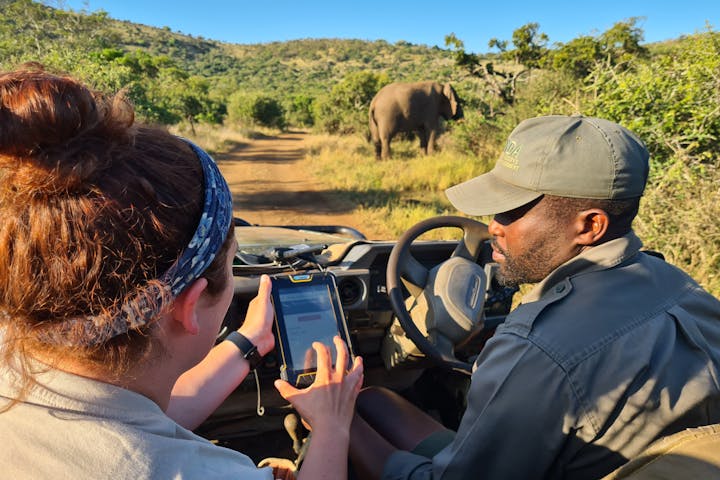In recent years, Africa has witnessed a surge in innovative wildlife conservation initiatives aimed at mitigating the adverse effects of climate change. These efforts encompass a range of strategies, from establishing wildlife corridors to integrating conservation into national climate action plans.
In Kenya, the Lewa Wildlife Conservancy has been instrumental in connecting the Mount Kenya forest to northern rangelands, creating vital wildlife corridors. These corridors have facilitated the recovery of species such as elephants and rhinos, which have shown substantial growth over recent decades. However, challenges like human population growth, climate change, and wildfires continue to threaten these habitats. The Kenya Wildlife Service is actively promoting the creation of additional wildlife corridors and the translocation of animals to alleviate crowding in ecosystems.
Similarly, in Tanzania, the degradation of wildlife corridors due to climate-induced factors has prompted conservationists to seek innovative solutions. The Kitenden Corridor, crucial for over 2,500 elephants, has experienced significant encroachment, leading to a 70% reduction in its width. In response, organizations like WWF Tanzania are implementing community-driven approaches, such as the Wildlife Credit Scheme, to incentivize local communities to restore and protect these habitats.
On a broader scale, the African Development Bank (AfDB) has introduced the Africa Carbon Support Facility to enhance carbon markets across the continent. This initiative aims to assist governments in developing carbon trading policies and strengthening the infrastructure for carbon credits. By integrating carbon credits into African stock exchanges, the AfDB envisions significantly increasing their value, thereby unlocking new financial opportunities to support economic resilience in the face of climate risks.
Furthermore, the integration of wildlife conservation into national climate action plans has gained momentum. A report by the International Fund for Animal Welfare (IFAW) highlights the critical role of wildlife in climate mitigation and adaptation. It emphasizes that wild animals act as ‘ecosystem engineers,’ enhancing the capacity of ecosystems to capture and store carbon. Despite this, only 40% of African countries have included wildlife conservation in their climate action plans, underscoring the need for greater integration.
Community-led conservation has also emerged as a pivotal strategy. Organizations like the Kenya Wildlife Conservancies Association (KWCA) are empowering local communities to manage and protect wildlife habitats. By promoting good governance and sustainable land management, these conservancies not only conserve biodiversity but also enhance community resilience to climate change.
In Zimbabwe’s Hwange region, escalating human-elephant conflicts, exacerbated by climate-induced resource scarcity, have led to the implementation of GPS-based elephant tracking. This technology enables real-time monitoring of elephant movements, allowing communities to receive alerts when elephants approach, thereby improving safety and response times. Despite these advancements, challenges persist, including crop losses and limited benefits from hunting revenue, highlighting the complex interplay between wildlife conservation and human livelihoods.
These diverse initiatives reflect a growing recognition of the need for integrated and community-driven approaches to wildlife conservation in Africa. By addressing the multifaceted challenges posed by climate change, these efforts aim to ensure the survival of Africa’s rich biodiversity for future generations.











Leave a comment